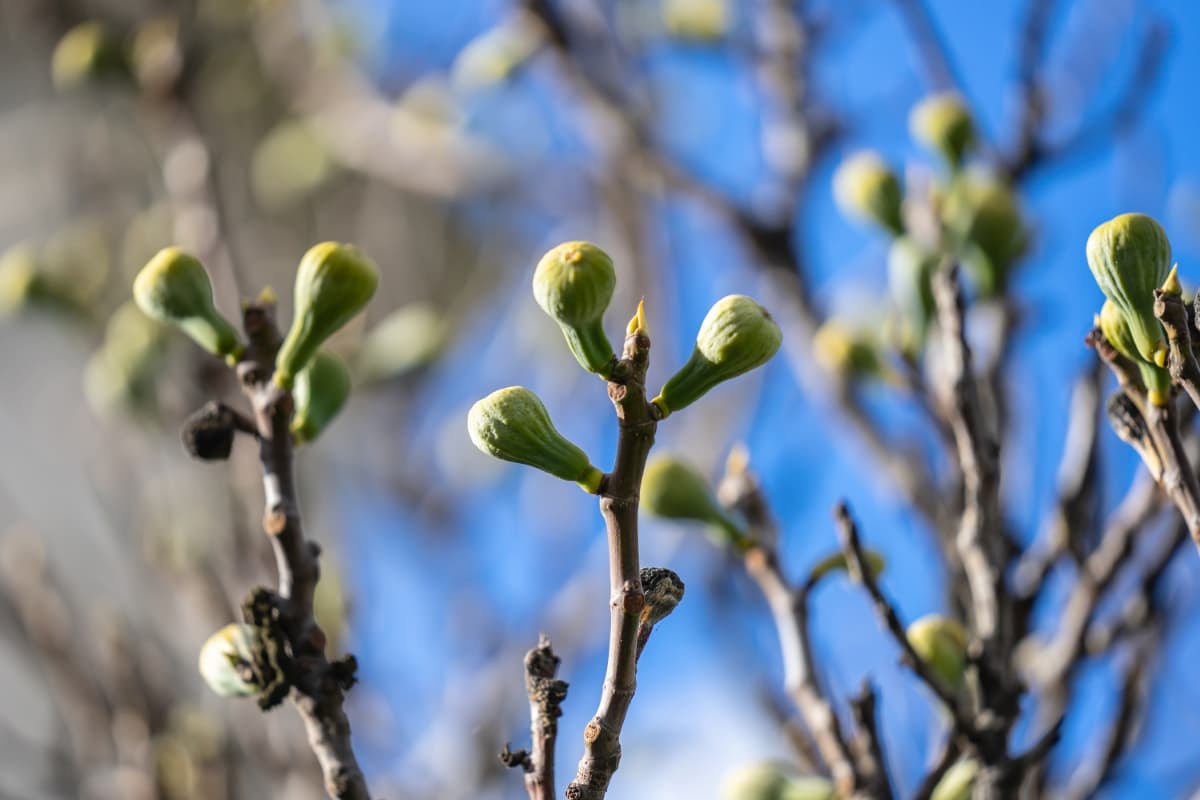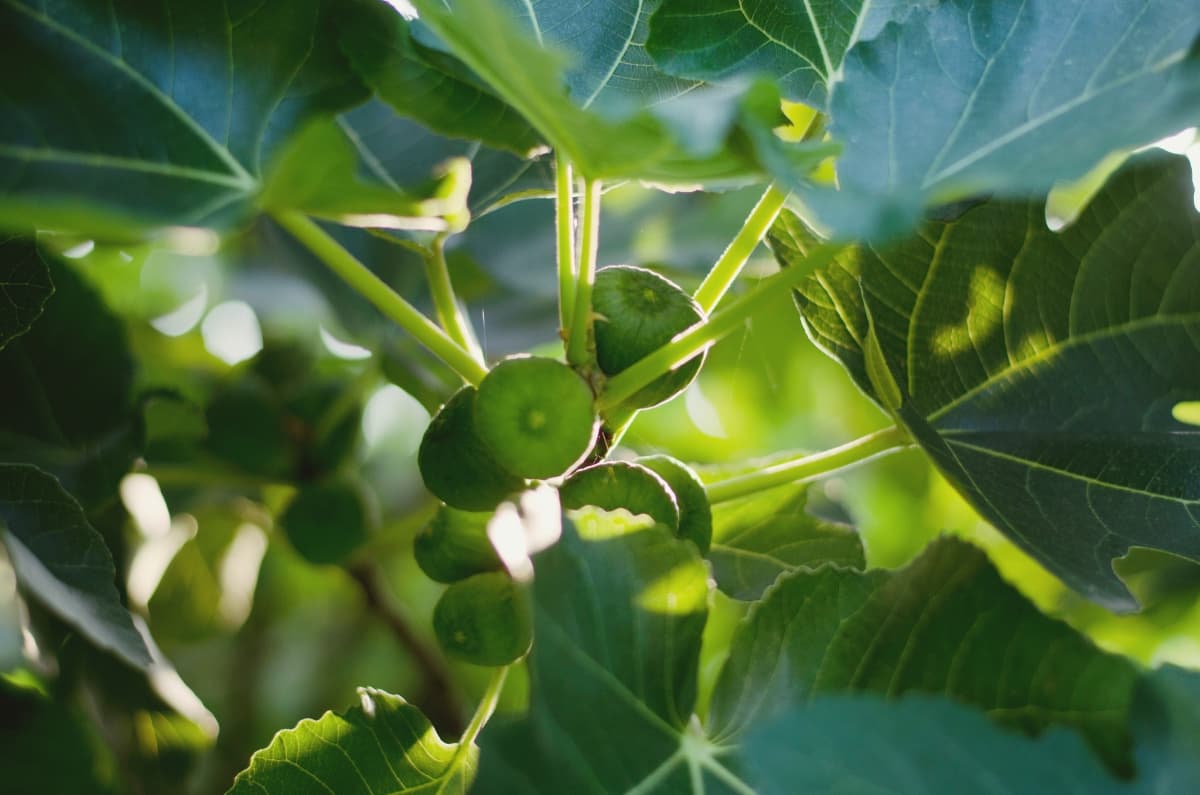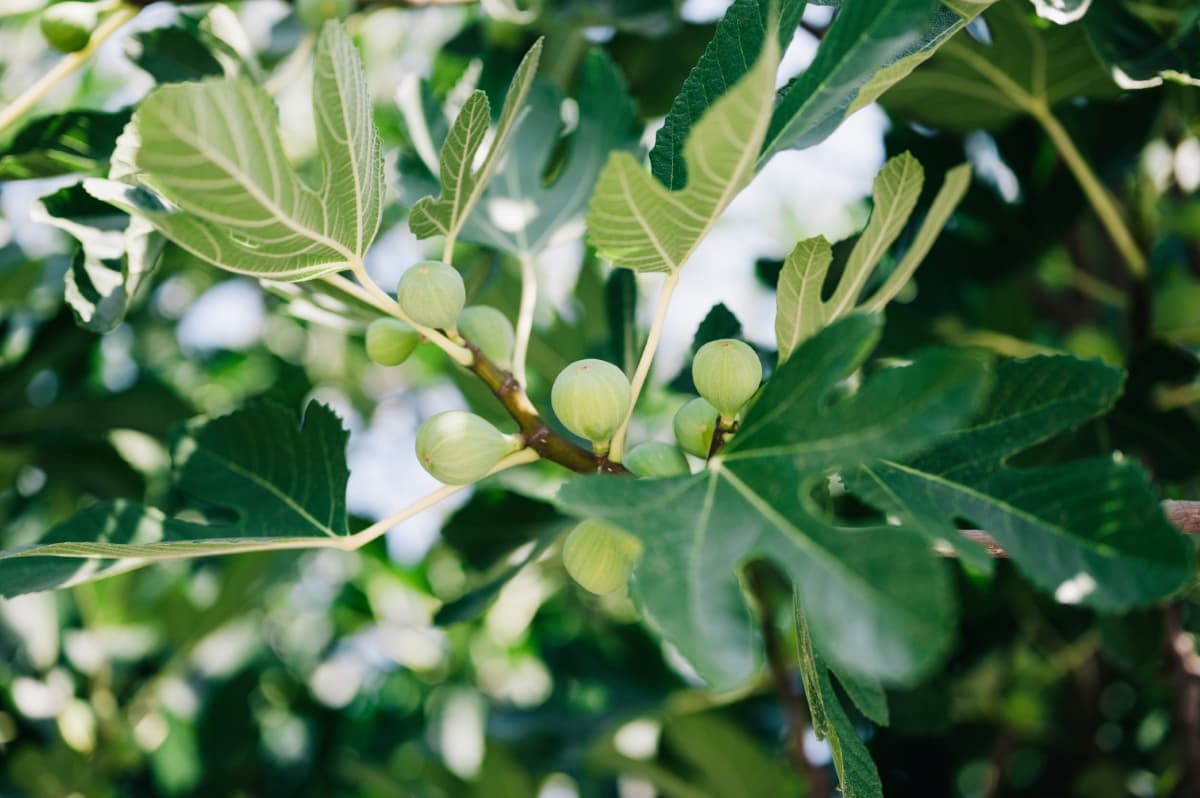When you are growing fig trees in pots or planters, pruning them is a very important part of their care. A well-pruned tree maintains its size and shape, encourages new growth, and increases the fruit production of the tree at the same time. In this article, we will discuss the best time to prune fig trees in pots and some effective fig pruning techniques.

How to Prune Fig Trees in Pots
Understanding the Growth Cycle of Fig Trees in Pots
The growth cycle of fig trees can be divided into four stages: dormancy, bud break, vegetative growth, and fruiting. During the dormant stage, which typically occurs in winter, the tree’s growth slows down, and it sheds its leaves. As temperatures rise in spring, bud break begins. New shoots emerge from the dormant buds, signaling the start of the growing season. This is an exciting time for fig tree owners, marking the beginning of new growth.
As the weather continues to warm up, the fig tree enters the vegetative growth stage. During this period, the tree focuses on expanding its foliage and developing a strong root system. Adequate sunlight, water, and nutrients are crucial to support healthy growth. Finally, the fruiting stage arrives. It usually occurs in late summer or early fall. Figs begin to form on the tree, gradually ripening and changing color. Once fully ripe, they can be harvested and enjoyed.
Best Time for Pruning Fig Trees in Pots: When and How to Prune Fig Tree
Pruning fig trees in pots requires careful timing and technique to ensure healthy growth and abundant fruit production. When is the best time to prune fig trees? A fig tree in a pot should be pruned during the late winter or early spring, before the new growth begins on the tree. As a result, the tree recovers quickly and grows vigorously.
Branches that are dead, diseased, or damaged should be removed first. Next, thin out crowded areas to improve air circulation and sunlight penetration. Trim back long branches to maintain the desired shape and size. Remember to sterilize your pruning tools to prevent the spread of diseases. Pruning fig trees in pots will keep them healthy and productive for years.
Essential Tools and Equipment for Pruning Fig Trees in Pots
- Pruning Shears: These are essential for cutting small branches and stems. Look for a pair with sharp bypass blades for clean cuts.
- Loppers: For thicker branches, loppers are necessary. Choose a pair with long handles for increased leverage.
- Hand Saw: A hand saw is useful for cutting larger branches. Opt for a saw with a curved blade for efficient cutting.
- Pruning Saw: This specialized saw is designed specifically for pruning tasks. It features a narrow, curved blade for precision cutting.
- Gloves: Protect your hands from scratches and thorns with a sturdy pair of gloves.
- Safety Glasses: Shield your eyes from debris and small particles while pruning.
- Pruning Sealant: Apply pruning sealant to cut branches to promote healing and prevent disease.
- Potting Soil: Ensure healthy growth by using high-quality potting soil when repotting fig trees.
- Fertilizer: Provide essential nutrients to your fig trees by applying a balanced fertilizer regularly.
- Watering Can: Keep your potted fig trees hydrated with a watering can equipped with a narrow spout for precise watering.
In case you missed it: Figs Galore: Varieties of Figs to Grow in Your Garden

Step-By-Step Guide to Pruning Fig Trees in Pots
- Begin by selecting the appropriate time for pruning, which is during the dormant season in late winter or early spring.
- Inspect the fig tree for any dead, damaged, or diseased branches. These should be removed first using clean and sharp pruning shears or loppers.
- Next, identify crossing or rubbing branches and remove them to prevent further damage and improve airflow within the tree.
- Prune back any excessively long or unruly branches to maintain the size and shape of the fig tree. Make clean cuts above a bud or lateral branch.
- Regularly monitor the fig tree throughout the growing season and repeat the pruning process as necessary to maintain its health and productivity.
- Dispose of the pruned branches properly and consider applying mulch around the base of the fig tree to retain moisture and keep the weeds at bay.
Techniques for Shaping and Controlling Growth of Fig Trees in Pots
How to prune fig trees? When it comes to growing fig trees in pots, there are several techniques you can use to shape and control their growth. Potted fig tree pruning is an essential practice that helps maintain the desired size and shape of the fig tree. Regular pruning encourages branching and prevents the tree from becoming too bushy. Root pruning is another technique that helps control the growth of the fig tree in pots. By periodically pruning the roots, you can restrict the tree’s size and prevent it from becoming root-bound.
Addressing Common Pruning Challenges and Concerns for Fig Trees in Pots
- Pruning fig trees in pots can be challenging, but with proper techniques and knowledge, these challenges can be overcome.
- One common concern is over-pruning, which can lead to reduced fruit production. It is recommended to prune fig trees prior to new growth beginning in late winter or early spring.
- Another challenge is managing the size of the tree. Regular pruning of the top growth can help control the height and width of the tree, ensuring it remains manageable in a pot.
- Additionally, it is important to remove any dead or diseased branches to maintain tree health.
In case you missed it: How to Treat Brown Spots on Fig Tree Leaves Naturally: Causes, Fix With Effective Organic Home Remedies

Pruning Fig Trees in Fall: Importance of Fig Trees Pruning in Fall
This practice helps in maintaining the health and productivity of the trees. Fall pruning removes dead and diseased branches, allowing for better air circulation and sunlight penetration. It also promotes new growth and improves the overall shape and structure of the tree. Pruning in the fall reduces the risk of winter damage and encourages the development of strong branches. Additionally, it helps to control the size of the tree, making it more manageable and easier to harvest.
Pruning Fig Trees in Winter: Benefits of Winter Pruning for Fig Trees
Prune fig tree for winter offers numerous benefits. Winter is an ideal fig tree pruning time to prune fig trees as they are dormant during this period. Pruning in winter helps to shape the tree, control its size, and encourage new growth. It also promotes better air circulation and sunlight penetration, reducing disease risk and pests.
Winter pruning also improves fruit production by redirecting the tree’s energy toward developing quality fruits. Moreover, pruning during this time allows for easier identification of dead or damaged branches. Overall, winter pruning is essential for maintaining the health and productivity of fig trees.
Pruning Fig Trees in Summer: Importance of Pruning Fig Trees in Summer
Pruning fig trees in summer is crucial for their overall health and productivity. By removing dead or diseased branches, pruning promotes better air circulation and sunlight exposure, reducing the risk of fungal infections. Additionally, pruning helps control the size and shape of the tree, making it easier to manage and harvest.
In case you missed it: How to Increase Flowers in Fig/Anjeer: Explained in 10 Steps for More Yields and Profit

Summer pruning also stimulates new growth and encourages the development of more fruiting wood for the following season. Regular pruning in summer ensures that the fig tree maintains vigor and produces a bountiful harvest. Therefore, it is essential to understand the importance of pruning fig trees in summer for their optimal growth and yield.
Conclusion
In conclusion, pruning fig trees in pots is essential for maintaining their health and productivity. Prune during the dormant season, remove dead or diseased branches, thin out crowded areas, maintain the desired shape and size, promote fruit production, and keep an eye on suckers. Following these fig pruning techniques, you can ensure a healthy and bountiful harvest from your fig tree in a pot.
- Feed Your Flock for Less: Top 10 Tips to Save on Chicken Feed
- Ultimate Guide to Ossabaw Island Hog: Breeding, Raising, Diet, and Care
- Hatching Answers: The Top 10 Reasons Your Chickens Aren’t Laying Eggs
- Eggs and Economics: Breaking Down the Cost of Raising Backyard Chickens
- Defend Your Greens: Proven Methods to Keep Iguanas Out of Your Garden
- Ultimate Guide to Cinnamon Queen Chicken: A Comprehensive Guide for Beginners
- Ultimate Guide to California Tan Chicken: Breeding, Raising, Diet, Egg-Production and Care
- Ultimate Guide to Marsh Daisy Chicken: Breeding, Raising, Diet, and Care
- 10 Types of Chicken Farming Businesses You Can Start for Profits